
Edward Hopper, born in 1882, New York, was an American painter who was known for his realistic depictions of everyday urban scenes that would shock the viewer in the realization of the strangeness of familiar surroundings. His art is well known among many contemporary painters to writers, and even photographers and filmmakers.
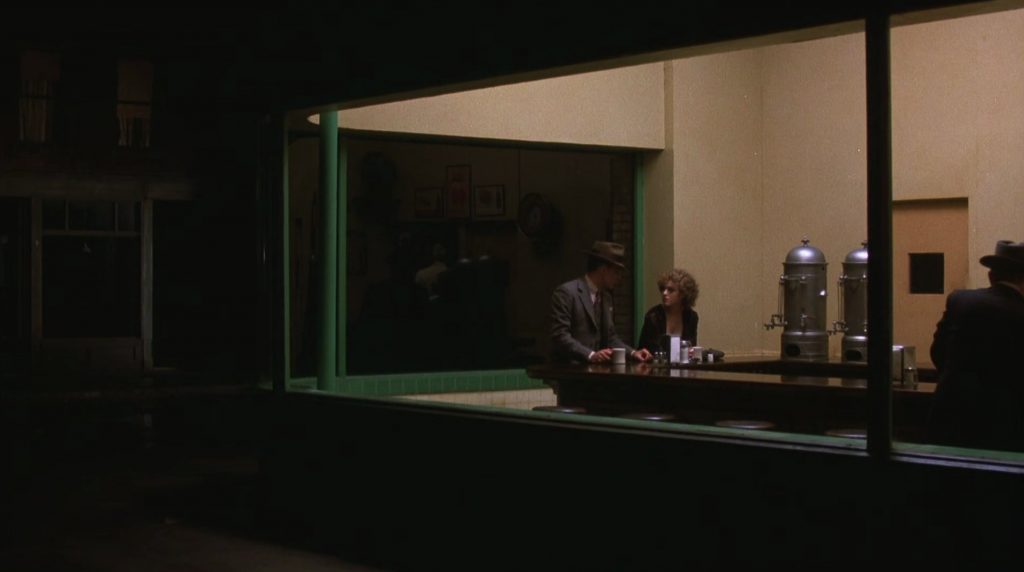
Liminal Loneliness

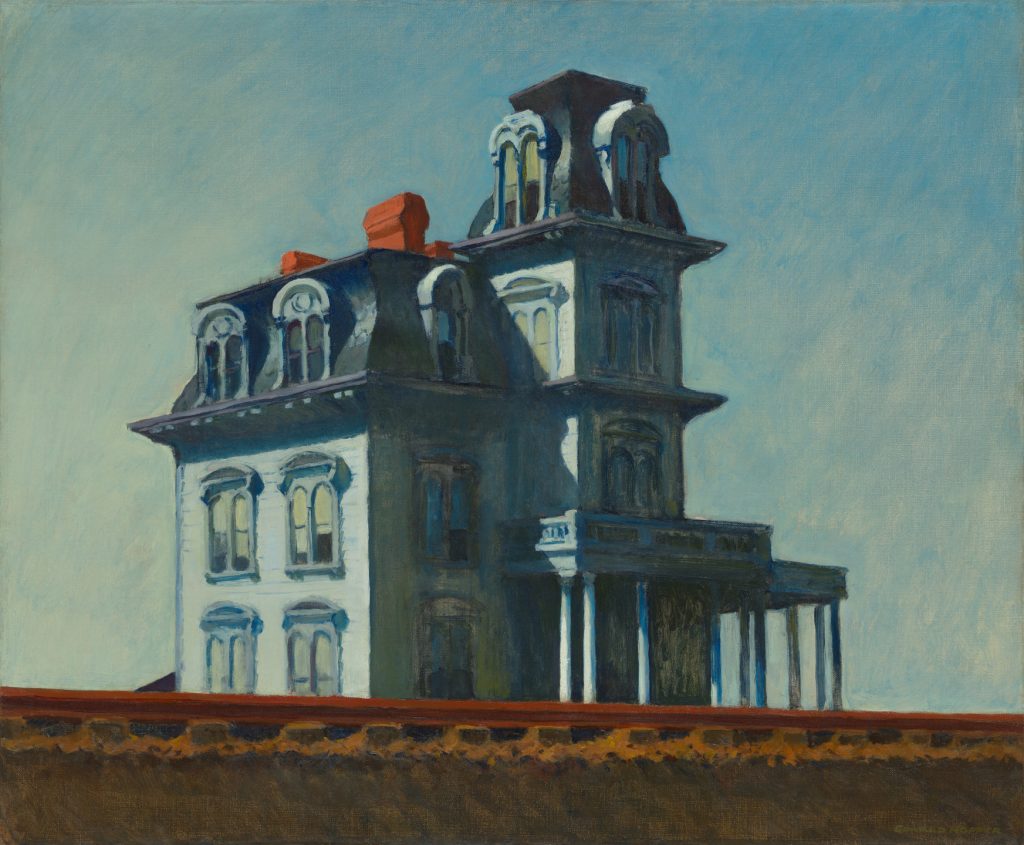
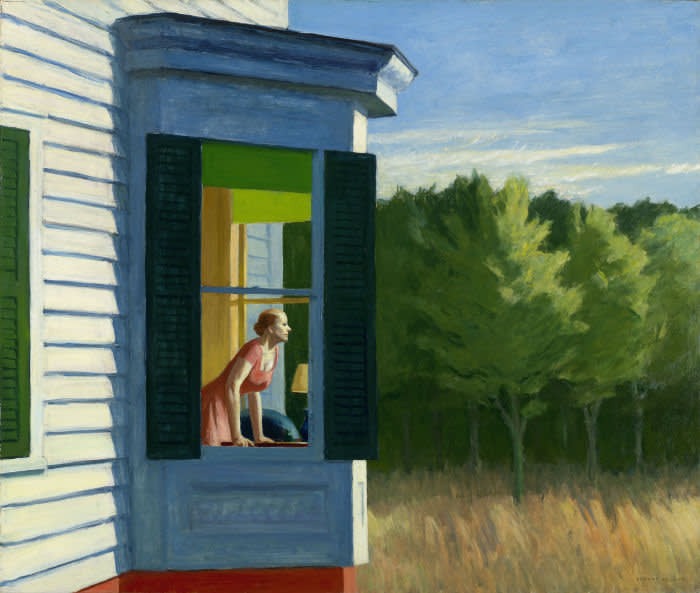
Hopper was even a strong influence on Pop art and New Realist paintings during the 1960s and 1970s. A man of many traits, Hopper was initially trained as an illustrator but later studied painting under Robert Henri, and even began to do watercolours and oil paintings as well. Being influenced by Henri and the Ashcan School, Hopper’s subjects revolved around commonplaces of urban life. However, what his paintings entail are still anonymous figures, geometric forms, and photographic-like compositions that radiate a sense of loneliness; urban isolation.
Hopper’s work always shows deliberate decision-making of framing in his paintings no matter what subject it may be. His narratives depict moments that are forever suspending between ‘what was’ and the ‘next’—moments that are never really resolved but are seemingly frozen in time. There is something in his work that almost effortlessly emits a sense of stories that are repressed beneath the calm facade of the scenes.
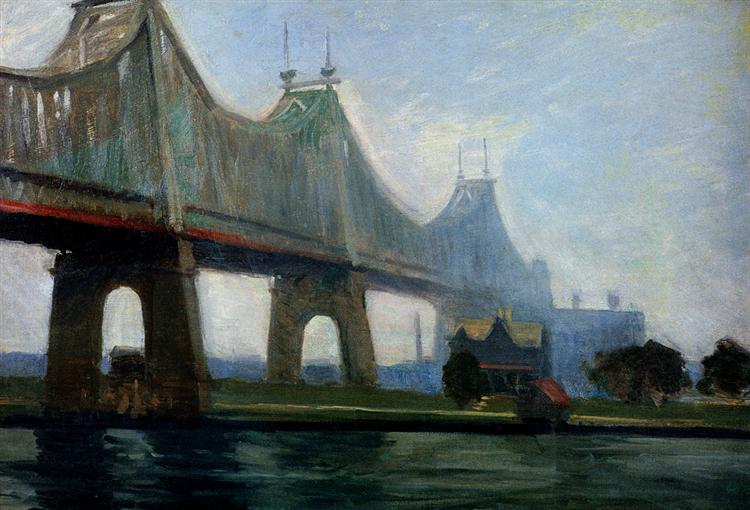

I’m really glad to have found Edward Hopper on the list of artists we could research for this week’s blog post. It seems that I had already been a fan of Hopper without even realizing it, and it’s because of his painting, Nighthawks. I don’t recall when I saw it, but this piece had left such an impression on me that I was completely starstruck when I saw it pop up on my search results. I was completely drawn in by his use of cool and complementary colours, and most striking of all (to me, at least) was his composition. It seems so photographic to me and I can even picture myself taking a photo with the same perspective; and in all honesty, I probably have. That’s what I like so much about Hopper’s work—how relatable it is, no matter how distant it may feel. I don’t know where any of his paintings are located or if they even exist, but the settings are so familiar that I can see myself in them. Hopper captures so many commonplaces that everyone has been to something similar at least once in their life, and because of this, it feels as if the moment is just within my grasp—but I know I haven’t truly been there myself, and it just keeps me thinking.
Works Cited
“Edward Hopper.” Encyclopædia Britannica, Encyclopædia Britannica, Inc., https://www.britannica.com/biography/Edward-Hopper.
“Hans Rudi Erdt.” Artvee, https://artvee.com/artist/hans-rudi-erdt/.
Schjeldahl, Peter, and Jeremiah Moss. “Edward Hopper and American Solitude.” The New Yorker, 29 May 2020, https://www.newyorker.com/magazine/2020/06/08/edward-hopper-and-american-solitude.
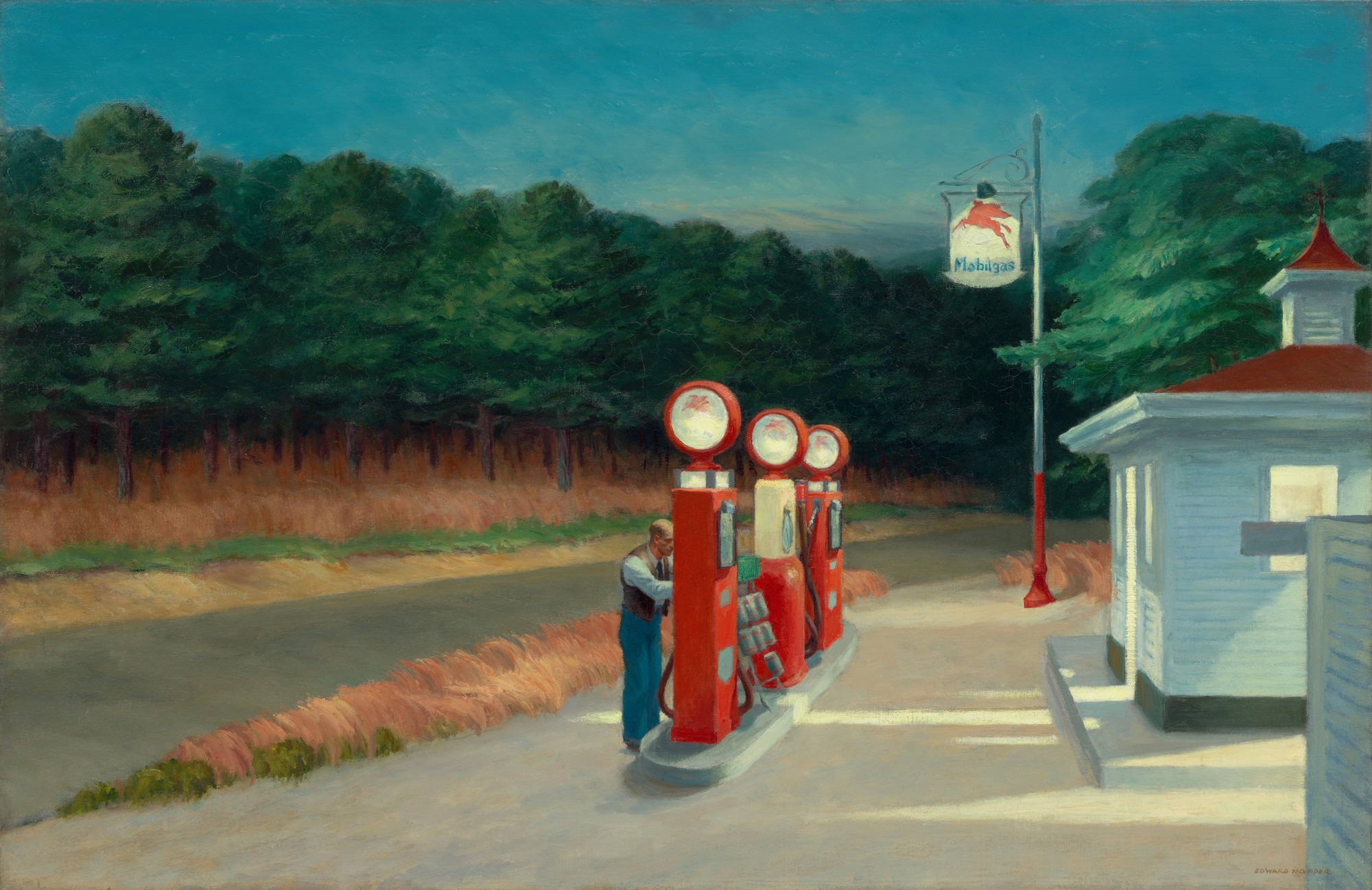
Angela,
Excellent work on Edward Hopper both in your blog and your presentation. Your writing and verbal delivery are exemplary. What more can I say but your knowledge and enthusiasm for your subject here is shinning through like a beacon. I am giving you a 10/10 for the PK and 2/2 for this blog post. Well Done!
Jeff